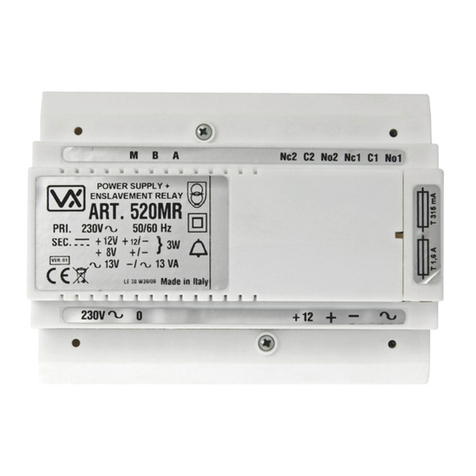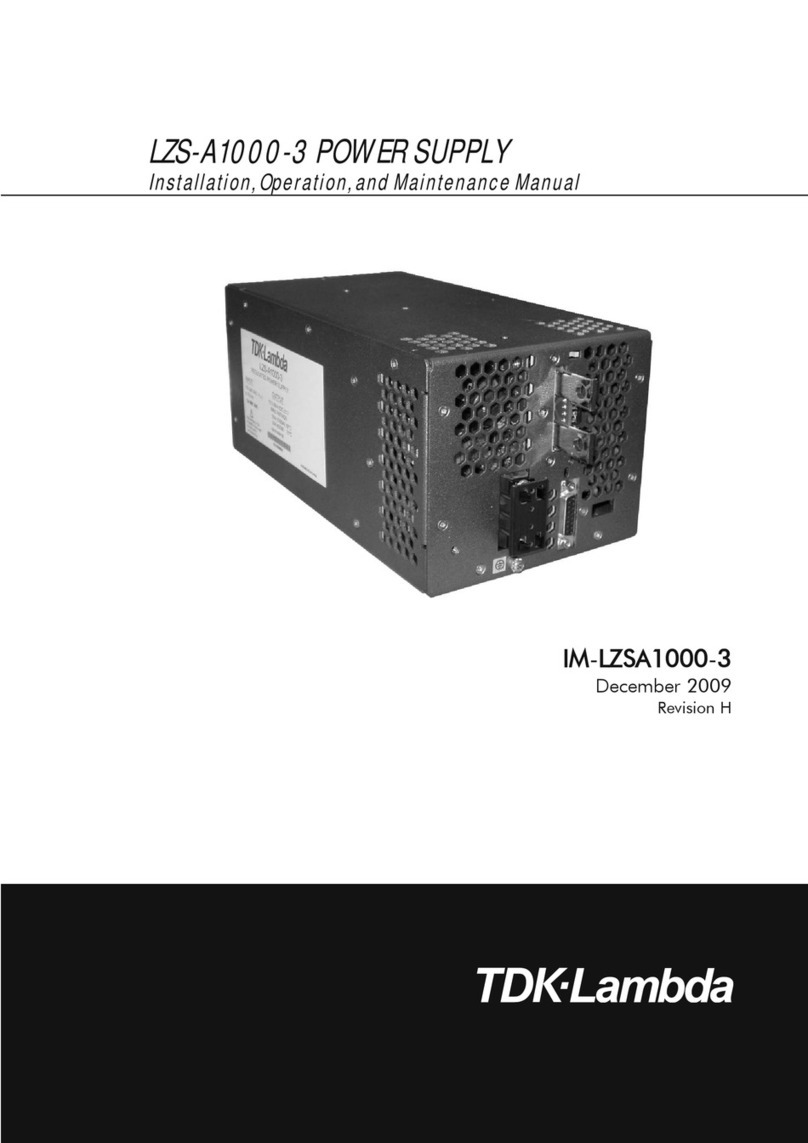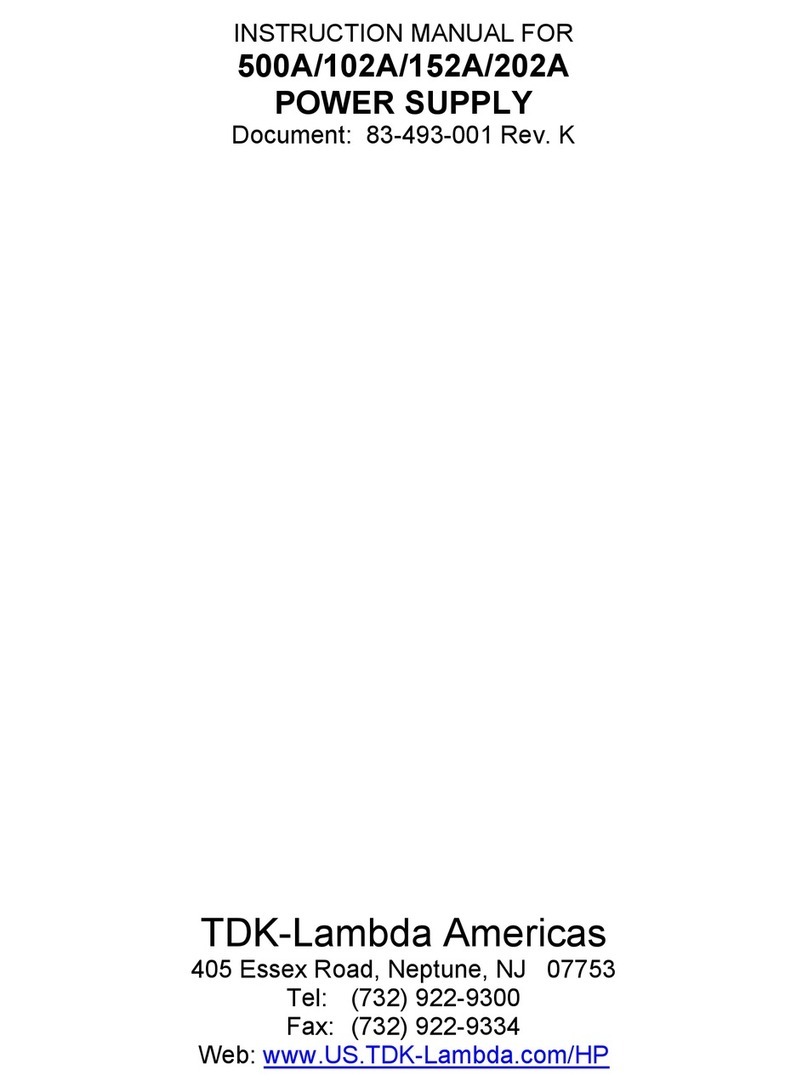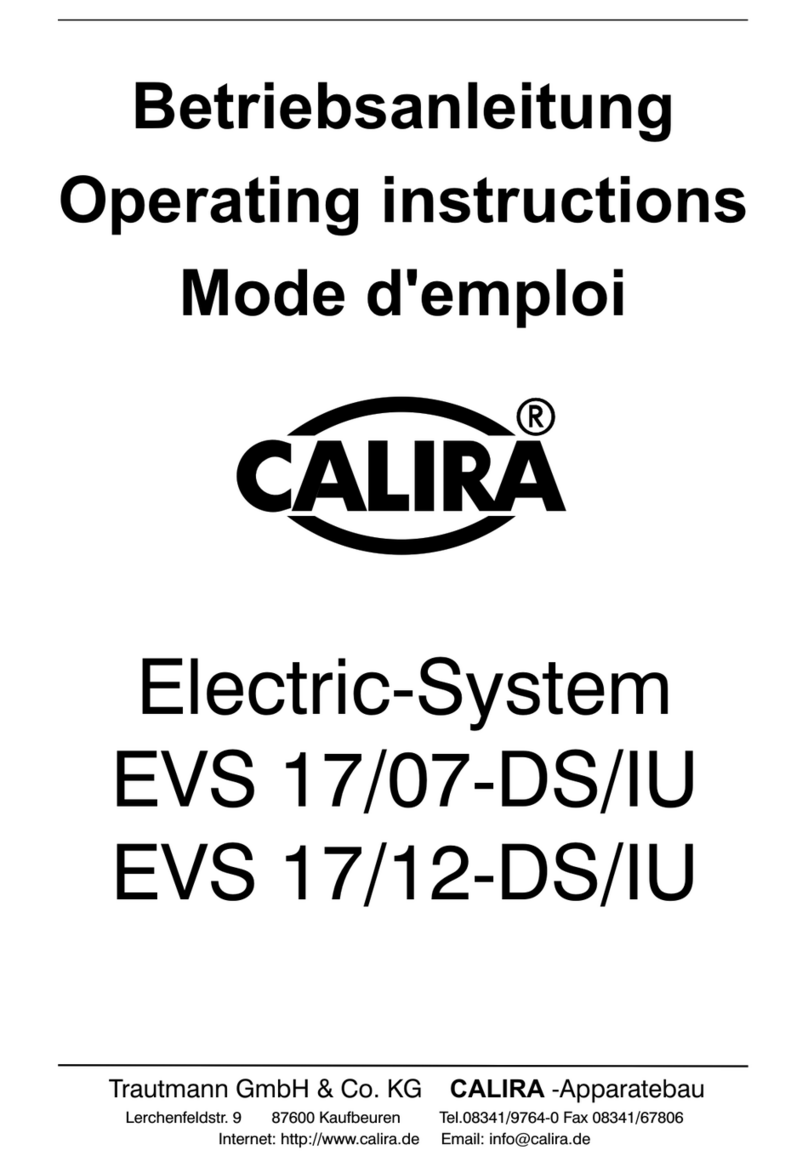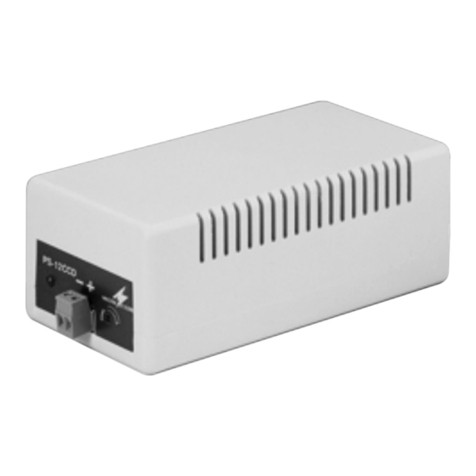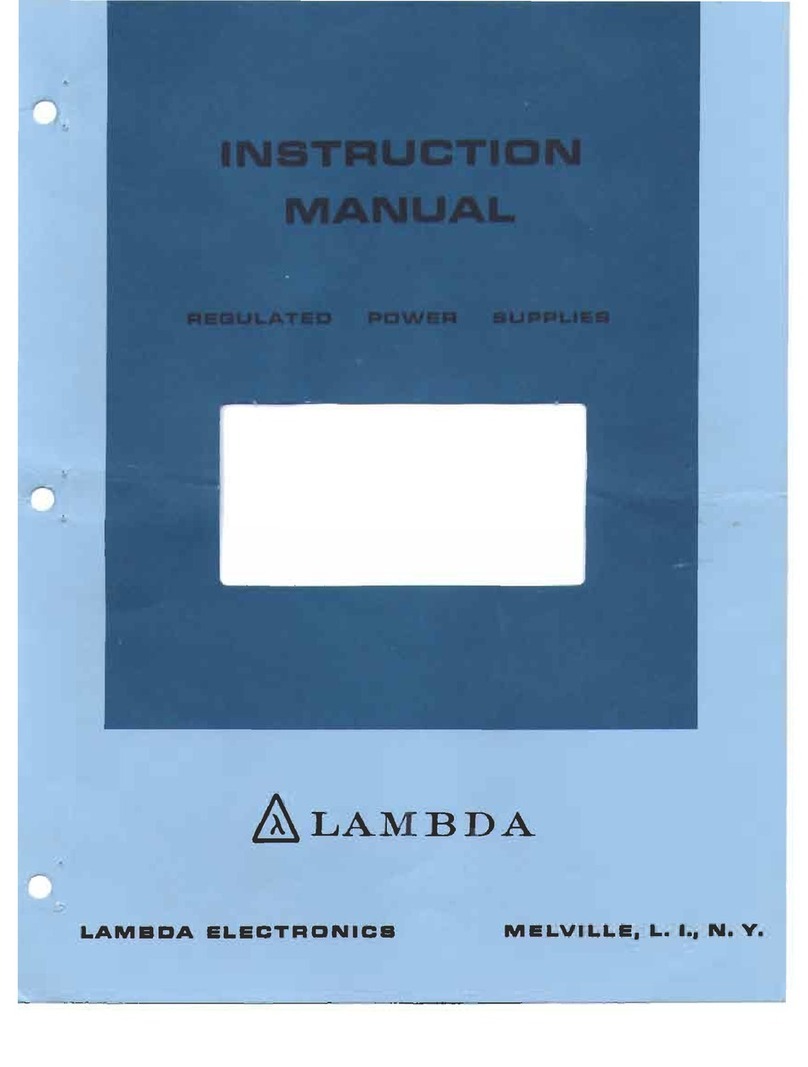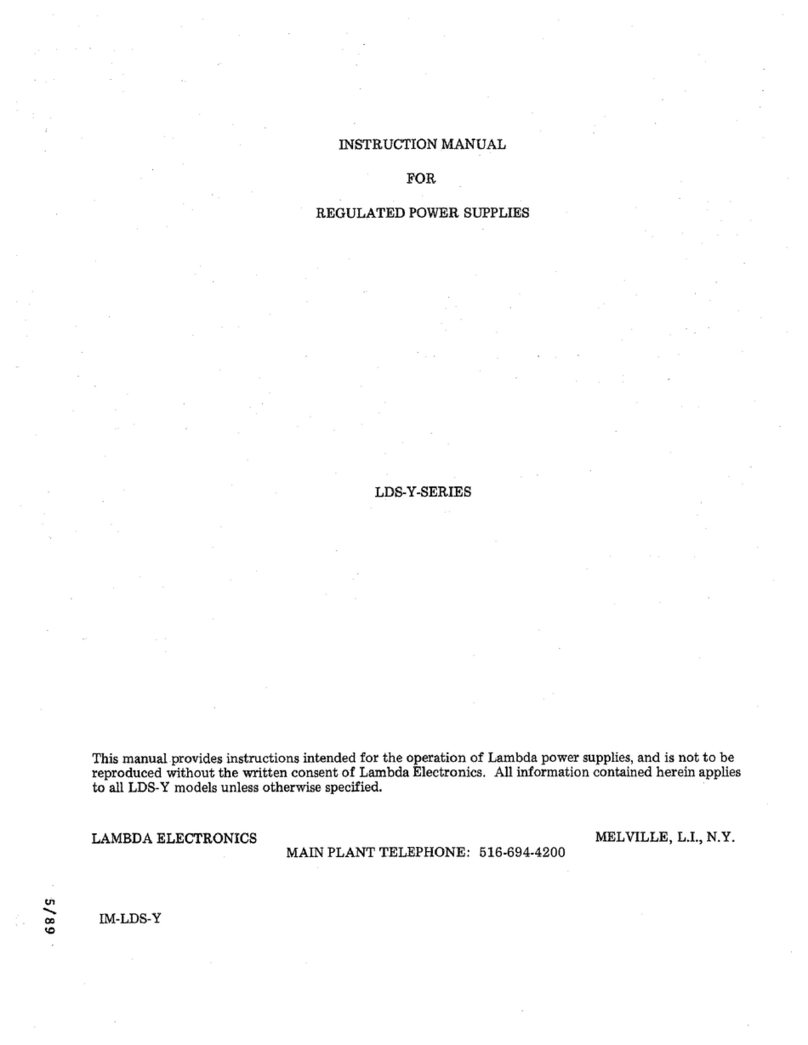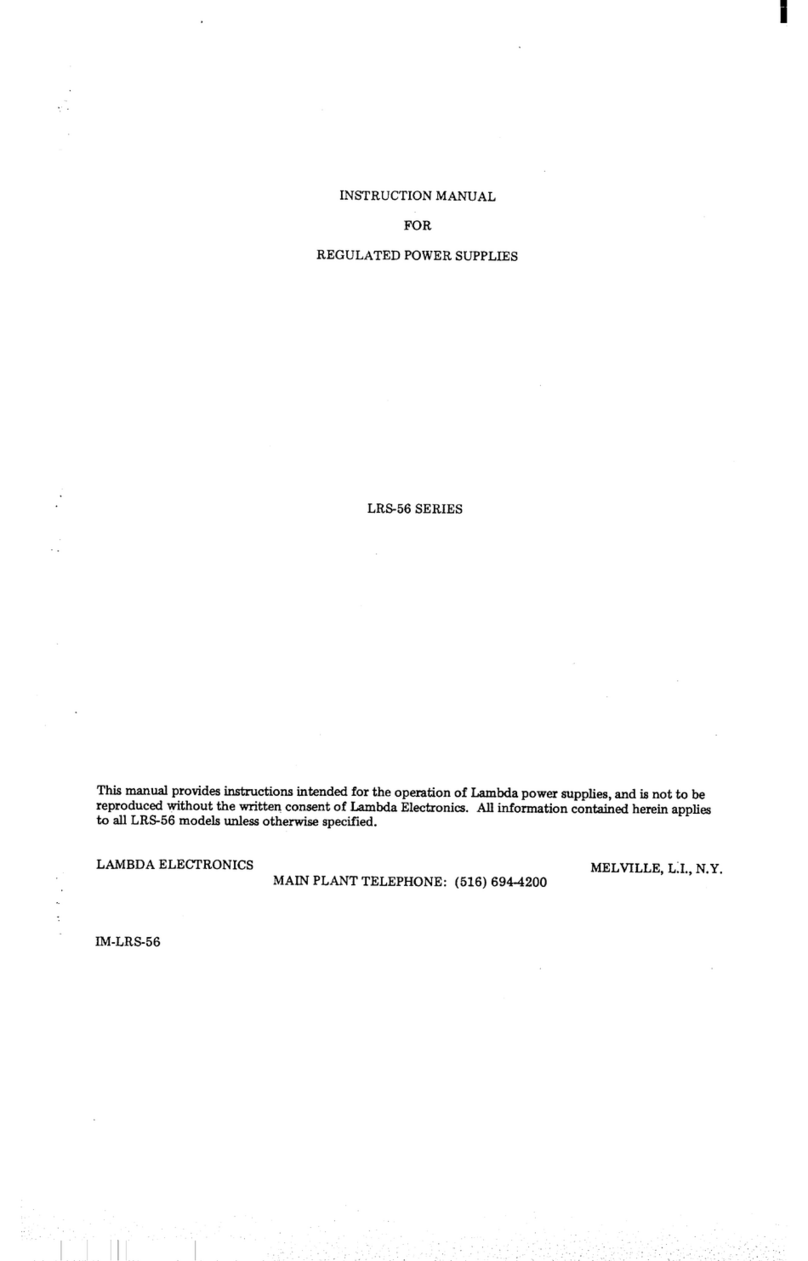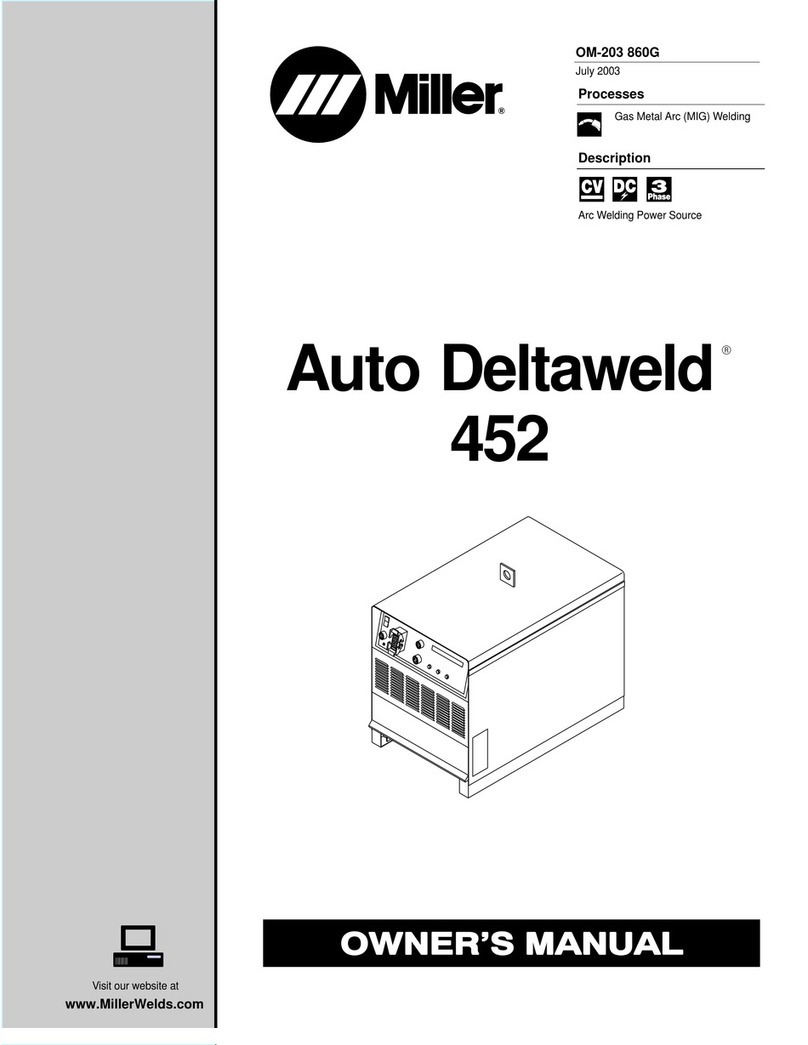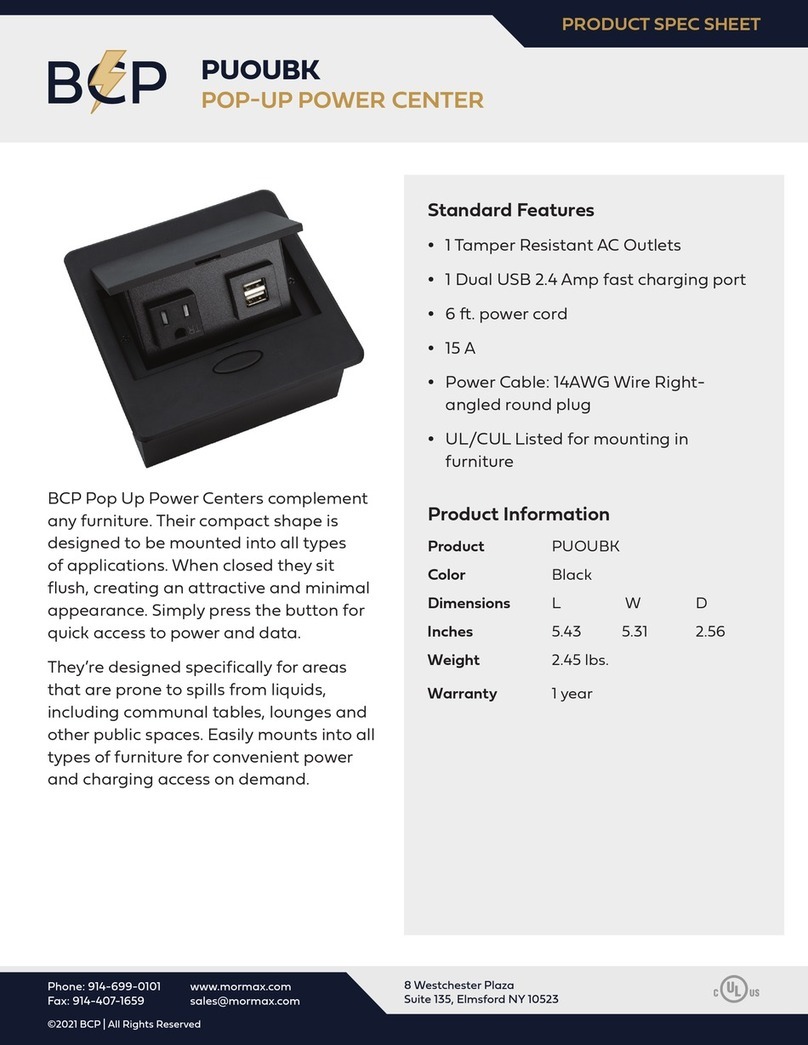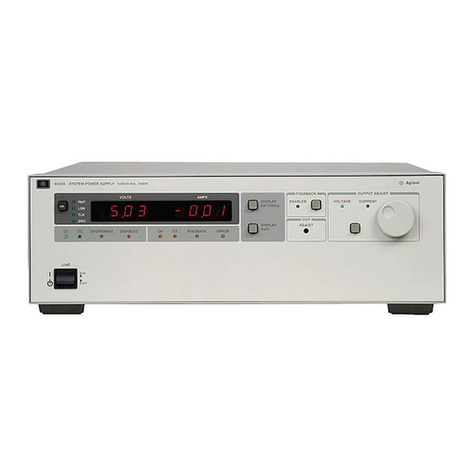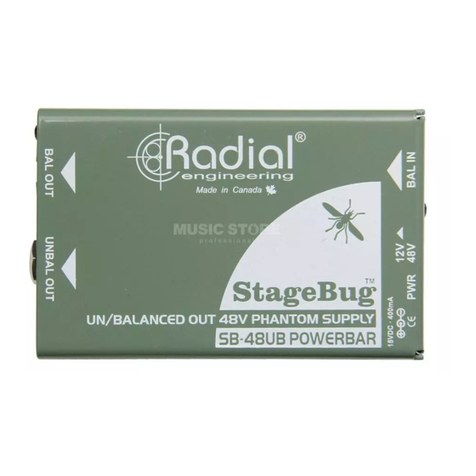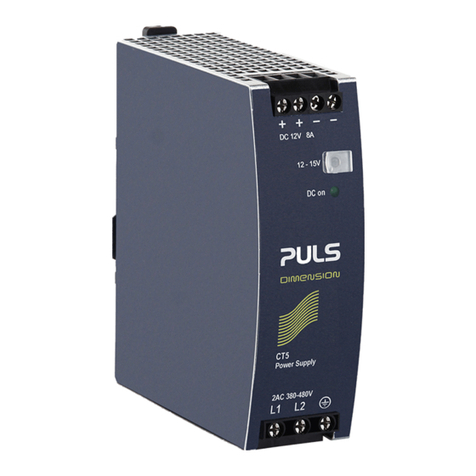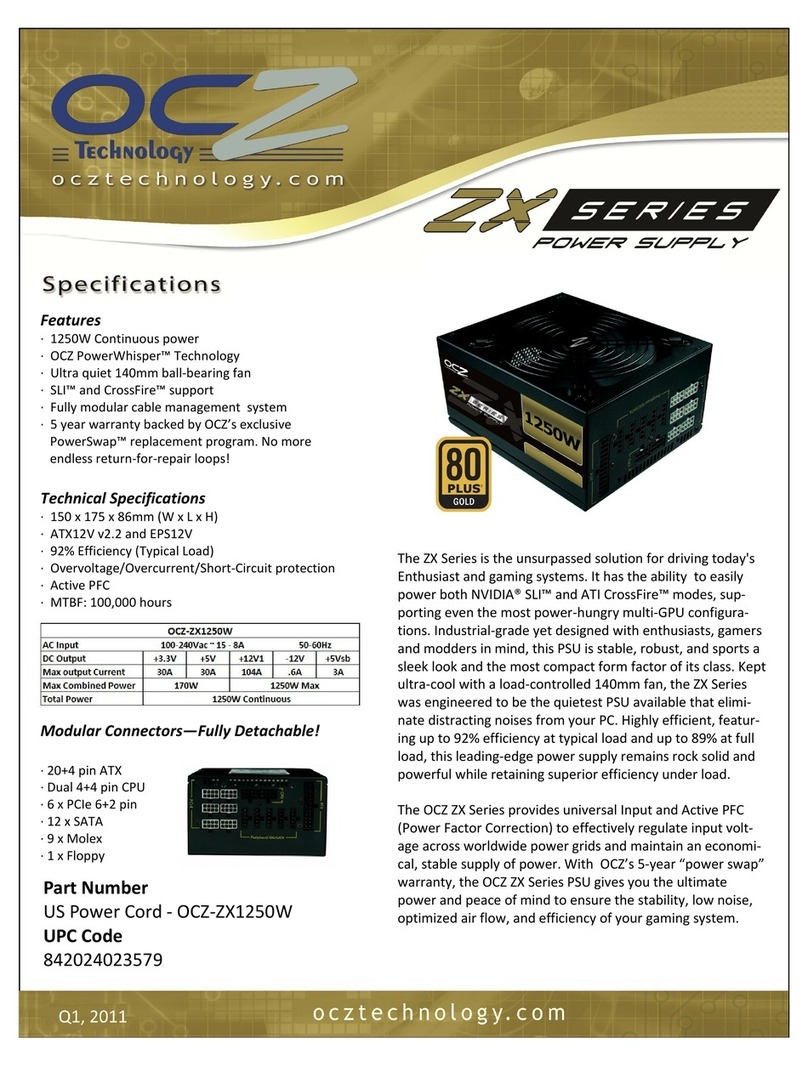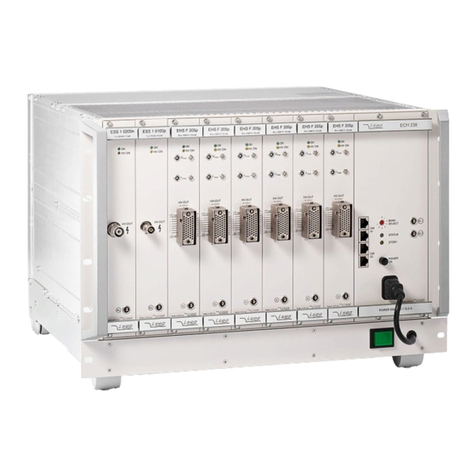
e)After approximately30 seconds, throwthe "DC"
circuit-breakerto the "ON"position. The pilot-light
indicatormarked "DC"will be illuminated,and the internal
plate-power·relaywill close. Ifthe "DC" circuit breaker
is thrown to the "ON" position before the 30 second time
delayhas elapsed,the pilot indicatorwill not light nor
willthe plate-power-relayclose until the time-delaycycle
is complete.
f) After the pilot "DC" indicator 1e illuminated throw
the"VOLTMETER" selectorswitch to the"HV" position. Turn
the"HV" controlclockwise to thedesired DC outputvoltage
as indicated on the "OUTPUT VOLTAGE" voltmeter. The "/\HV"
verniercontrol maybe utilized for precise voltageadjustment.
If an external load is connected to the "HV" output terminals,
theoutput currentwill be indicatedon the "OUTPUT CURRENT"
meter.
g) If use of the "BIAS" output voltage is desired,
throwthe "DC"breaker off, connect the bias-loadto the
"BIAS"terminals, setthe "BIAS RANGE"switch to thebias
voltagerange desired,the "VOLTMETER" selectorswitch
to"BIAS" and the"BIAS" controlto zero. Throw the "DC"
breakeron. Turnthe "BIAS" control clockwiseto therequired
voltageas indicated onthe properred scale ofthe "0UTPUT
VOLTAGE"meter. The"OUTPUT VOLTAGE" metermay be used to
monitorthe biasvoltage, the calibrationon the"HV" control
then serving as an indication of the "HV" output voltage.
h) If it is desired to turn off the DC output only,
usethe "DC"circuit breaker,leaving the "AC" breakerin
the"ON" position.In this manner, the supply willbe in
a standby condition ready for instant use.
CAUTION: Turning the supply on and off rapidly
bymeans ofthe "AC" breaker(with the DCbreaker in the
"ON" position) may seriously damage or impair the life of
thehigh voltagerectifier tube. If less than one minute
elapsesbetween thetime the "AC”breaker is turned off and
turnedon again(the time required for theprotective
thermaltime-delay relayto re—cycle)the "DC" breaker should
be kept in the ”OFF" position for at least 20 seconds after
the"AC" breakeris turned on topermit the rectifier heaters
toreturn toproper operating temperature.
4. OVERLOAD PROTECTION.
a)AC OUTPUTCIRCUITS:
Anoverload orshort circuit of the6.5 VAC 5A
outputcircuits willtrip the "AC" circuitbreaker shutting
off the entire supply. Removing the overeload and turning
8.
